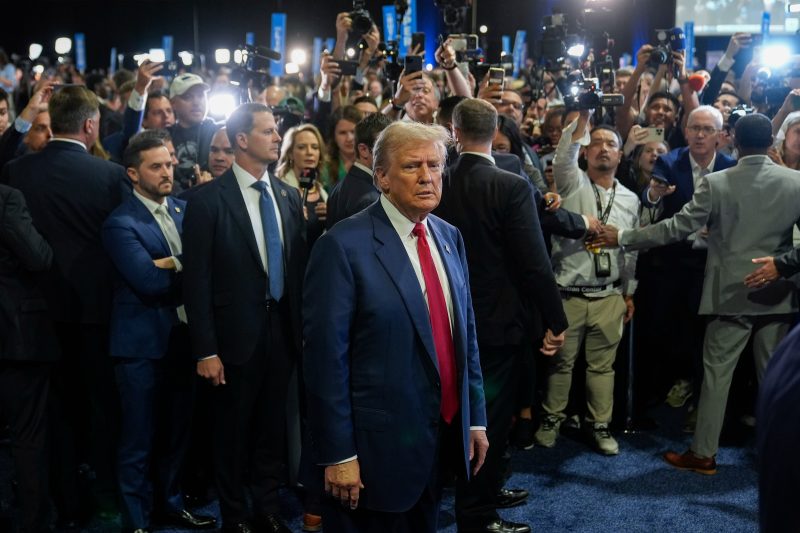In a polarized political landscape, effective communication across party lines is crucial for cooperation and progress. However, former President Donald Trump has been increasingly criticized for his inability to engage with individuals outside of his core supporter base. This communication barrier poses significant challenges for effectively addressing the diverse concerns of the American public and fostering unity.
One of the primary reasons for Trump’s struggle to connect with individuals outside his base is his rhetoric, which often comes across as divisive and alienating. Throughout his presidency, Trump frequently resorted to inflammatory language and personal attacks, creating an us versus them mentality that exacerbated political divides. This combative communication style not only alienated his critics but also hindered meaningful dialogue and collaboration.
Moreover, Trump’s reliance on Twitter as a primary mode of communication further limited his ability to engage with a broader audience. While the platform allowed him to reach his ardent supporters directly, it also enabled him to bypass traditional channels of communication and engage in unfiltered, often controversial, messaging. By using Twitter as a megaphone for his base, Trump missed opportunities to engage with a wider array of perspectives and demonstrate a willingness to listen and engage with differing viewpoints.
Additionally, Trump’s lack of flexibility in adapting his messaging to resonate with diverse audiences has contributed to his communication challenges. Rather than seeking common ground or finding common language to bridge partisan divides, Trump often doubled down on divisive rhetoric that appealed primarily to his core supporters. This unwillingness to tailor his communication style to appeal to a broader audience has limited his ability to build consensus and work across party lines.
Furthermore, the decline in Trump’s ability to communicate effectively with individuals outside his base is reflective of broader societal trends towards political polarization. As partisan divides have deepened in recent years, political leaders face increasing pressure to cater to their base rather than engage in nuanced, inclusive communication that acknowledges the diversity of perspectives within the electorate. This trend reinforces echo chambers, hampers productive discourse, and undermines efforts to find common ground on complex issues.
In conclusion, effective communication is essential for fostering unity, understanding diverse perspectives, and driving progress in a democracy. However, former President Donald Trump’s struggles to engage with individuals outside his base highlight the challenges posed by divisive rhetoric, reliance on social media, and resistance to adapting communication strategies. As political leaders navigate these communication hurdles, it is imperative to prioritize inclusive dialogue, bridge partisan divides, and cultivate a culture of mutual respect and understanding to address the complex challenges facing society.
